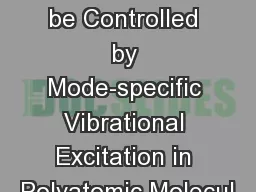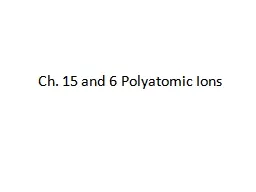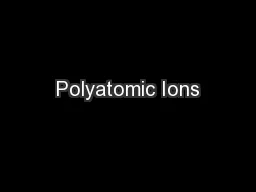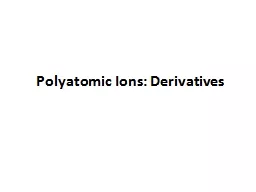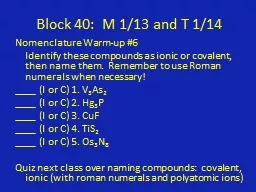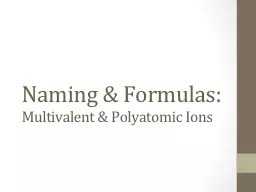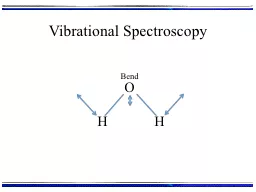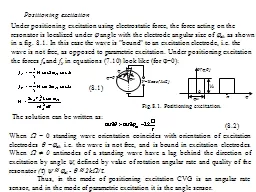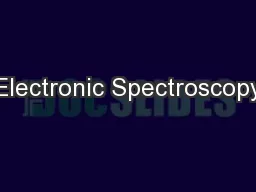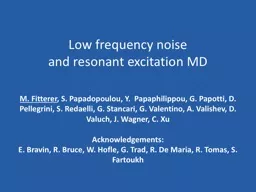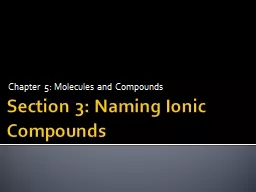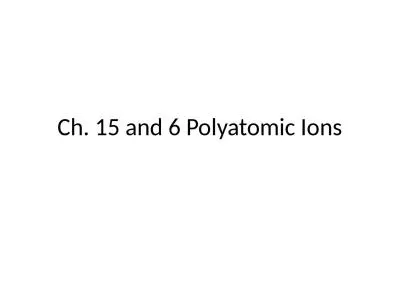PPT-Can Internal Conversion be Controlled by Mode-specific Vibrational Excitation in Polyatomic
Author : aaron | Published Date : 2018-02-02
Michael E pshtein Alexander Portnov and Ilana Bar Department of Physics BenGurion University of the Negev Beer Sheva 84105 ISRAEL Introduction Conical intersections
Presentation Embed Code
Download Presentation
Download Presentation The PPT/PDF document "Can Internal Conversion be Controlled by..." is the property of its rightful owner. Permission is granted to download and print the materials on this website for personal, non-commercial use only, and to display it on your personal computer provided you do not modify the materials and that you retain all copyright notices contained in the materials. By downloading content from our website, you accept the terms of this agreement.
Can Internal Conversion be Controlled by Mode-specific Vibrational Excitation in Polyatomic: Transcript
Download Rules Of Document
"Can Internal Conversion be Controlled by Mode-specific Vibrational Excitation in Polyatomic"The content belongs to its owner. You may download and print it for personal use, without modification, and keep all copyright notices. By downloading, you agree to these terms.
Related Documents

